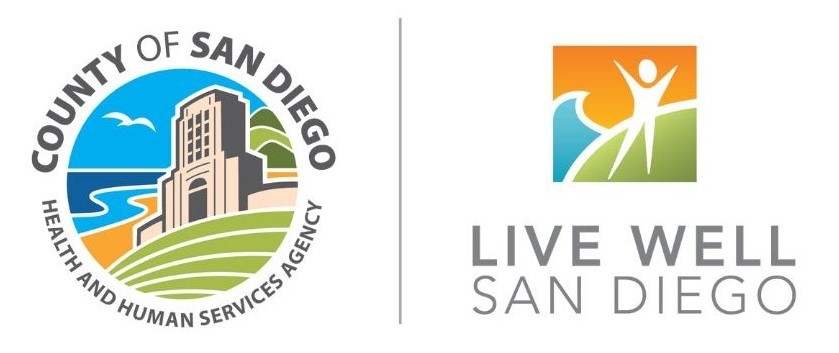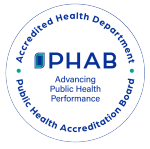Mpox Vaccine Recommendations
Page last updated 11/24/2025.
In alignment with leading medical, health, and patient advocacy groups, the County of San Diego affirms that vaccines are not linked to autism. We remain committed to ensuring residents continue to have access to safe and effective vaccines that are based on credible, transparent, and science-based evidence.
JYNNEOS is a 2-dose vaccine that was developed to protect against mpox and smallpox.
- You can choose to get the JYNNEOS vaccine injected under your skin in the upper arm (subcutaneous) or in the skin layer beneath the top layer of your skin (intradermal).
Two (2) doses of the JYNNEOS vaccine provides the best protection.
- Get dose 1, wait 4 weeks, and then get dose 2.
- If you cannot get your second dose on time, you should get it as soon as possible.
- You will have maximum protection two weeks after your second dose.
- Not everyone
has side effects, but some people do. The most common side effects
are pain, redness, and itching at the spot where the vaccine was
given.
- You may also experience fever, headache, tiredness, nausea, chills, and muscle aches. These are signs that your immune system is responding, not that you are getting sick.
The Centers for Disease Control and Prevention (CDC) recommend to get the vaccine if you:
- Are a gay, bisexual, or other same-gender loving man who has
sex with men or are transgender, gender non-binary, or
gender-diverse, AND in the last 6 months have had, or expect to
have:
- 1+ sexually transmitted infections;
- More than one (1) sexual partner, or anonymous sexual or intimate contact;
- Sex at a commercial sex venue; and/or
- Sex in association with a large public event in a geographic area where mpox transmission is occurring.
- Have had sexual or intimate contact with a person who is at risk of mpox, as described above.
- Have had sexual or intimate contact with someone who may have mpox.
Get vaccinated as soon as possible after exposure, regardless of your sexual or gender identity.
Resources
Call the Epidemiology Unit at (619) 692-8499, or send an e-mail, for more information.






